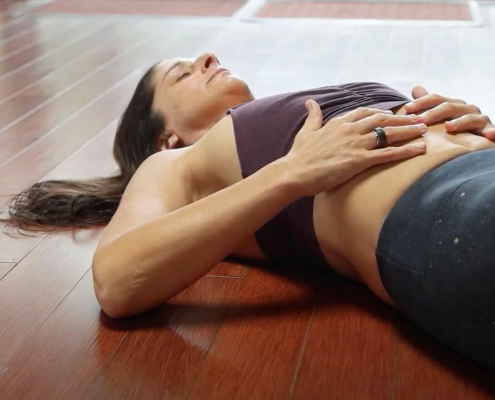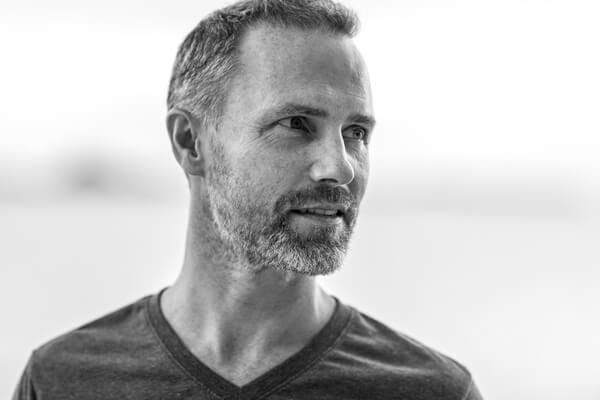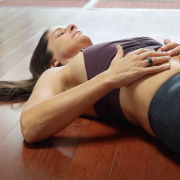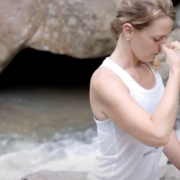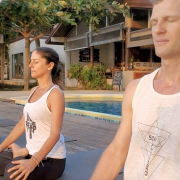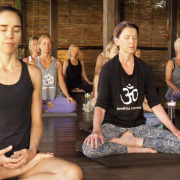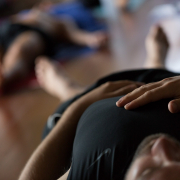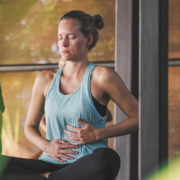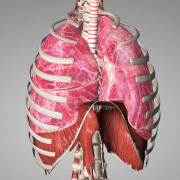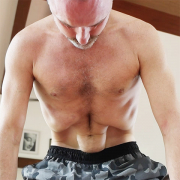 https://samahitaretreat.com/wp-content/uploads/2020/09/paul-nauli-training.jpg
480
480
Dr. Paul Dallaghan
http://samahitaretreat.com/wp-content/uploads/2024/01/samahita-logo-v2.svg
Dr. Paul Dallaghan2020-09-08 06:42:562023-11-02 04:46:421 Minute Yoga – Nauli Training
https://samahitaretreat.com/wp-content/uploads/2020/09/paul-nauli-training.jpg
480
480
Dr. Paul Dallaghan
http://samahitaretreat.com/wp-content/uploads/2024/01/samahita-logo-v2.svg
Dr. Paul Dallaghan2020-09-08 06:42:562023-11-02 04:46:421 Minute Yoga – Nauli TrainingWhat are Breathing Exercises
Breathing exercises are the specific techniques of breathwork, done regularly in a routine, to train the respiratory apparatus and regulate the function of the respiratory center in the brainstem.
- Breathing exercises involve some or all of the following:
- Controlled inhalation and exhalation
- Nasal breathing with certain exceptions for specific purposes involving the tongue
- Longer exhalation to eventually double the length of inhalation
- Regulated pauses in between controlled inhalation and exhalation
- A pause that becomes a forced retention after either inhalation or exhalation
- Mild control of the vocal cord muscles at the glottis producing a soft sound
- Controlled lower abdominal muscle so the diaphragm descends deeper
- An increased volume per breath that increases lung expansion
- Reduced breaths per minute due to increased time for inhalation and exhalation
- An organized combination of these elements of a breath in a fixed ratio (Box 5)
- Repeated rounds of these fixed ratio breaths
- A dedicated space to sit and engage in this breathwork: mat, cushion, chair
- Dedicated time to reach a satisfactory and effective number of rounds
- Regularity of practice in terms of time and days in the week
- Consistency of a regular practice over time
As noted in What is Breathwork, the ratio of the inhalation and exhalation and the consistency of that length of breath with ratio across several repeated rounds of breathing is key in a breathing exercise routine. This allows the individual practitioner to select a length of breath appropriate to their capacity. The above points can be broken down between the technical aspects of a specific breathing exercise, meaning the nature of the inhalation, exhalation and any pauses, and the attitudinal aspect, meaning the dedication and regularity of practice. Both aspects are crucial. Technique without regularity or regularity of poor respiration do not qualify as breathing exercises and fail to achieve any purported benefits noted either in ancient texts or more recent scientific literature.
Dr. Paul Dallaghan’s expertise with breathwork, body and meditative practices comes from three sources: (1) three decades of daily dedicated practice and teaching these techniques; (2) uniquely acknowledged in the Yoga tradition by the title of “Master Yogi-Prānācharya (expert in breath)”, following an immersion in the original culture through one-on-one direct training in practice and study of ancient texts; (3) a PhD in doctoral scientific research at a leading US university (Emory) covering both the tradition and science of yoga and breath practices in terms of stress, health and aging. As a result, Paul occupies a unique space to impart genuine teaching and science on the breath, body, and meditative practices, seen as a Teacher-of-teachers and identified to carry on the tradition of Pranayama. His sincere and ongoing role is to teach, write and research, to help put out experienced and authentic information on these areas of how we live, breathe and be, to help people improve their mental and physical health, and live more fulfilling lives.
For more on his background see his bio
More from the Samahita Blog
